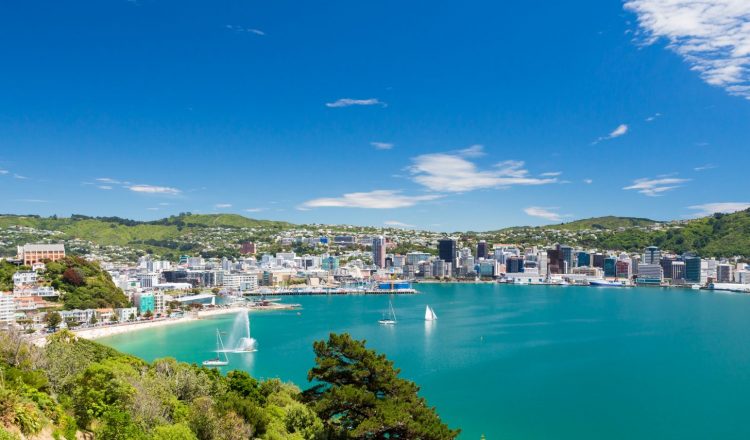欢迎
新西兰人向新移民敞开心。事实上,根据新西兰移民局最近的一项调查,十分之九的移民认为他们受到的欢迎达到或超过了他们的期望。
在 2015 年 Expat Insider 调查中,94% 的受访者表示,他们认为猕猴桃人 “友善” 或 “非常友好”。这是我们为了 “轻松安置” 而获得如此高的分数(在 64 个国家中的第二个)的原因之一。
新西兰人知道到达新地方的感觉。我们是伟大的国际旅行者,近四分之一的人出生在新西兰以外。我们超过 90% 的人通过家人、朋友或兴趣感受到与另一个国家的联系。
我们的热情和款待也是我们规模的产品。新西兰人不必通过放心来保护自己的私人空间。恰恰相反,像我们一样生活在世界边缘,我们更喜欢伸手并建立联系。
汇丰银行 2015 年 Expat Explorer 调查显示,近五分之四的移民表示,他们与当地猕猴桃和毛利文化融合良好。
毛利文化和欧洲文化的独特组合也塑造了我们的角色。这种思想和习俗的融合始于 1840 年签署《怀唐伊条约》,并持续到今天。
今天,新西兰是多元化的,结合了来自世界各地,特别是太平洋地区的影响。我们是一个开放、欢迎人们的国家,你将建立持久友谊的地方。创造的文化是我们之间的牢固联系,也是我们喜欢与游客分享的纽带。

















































